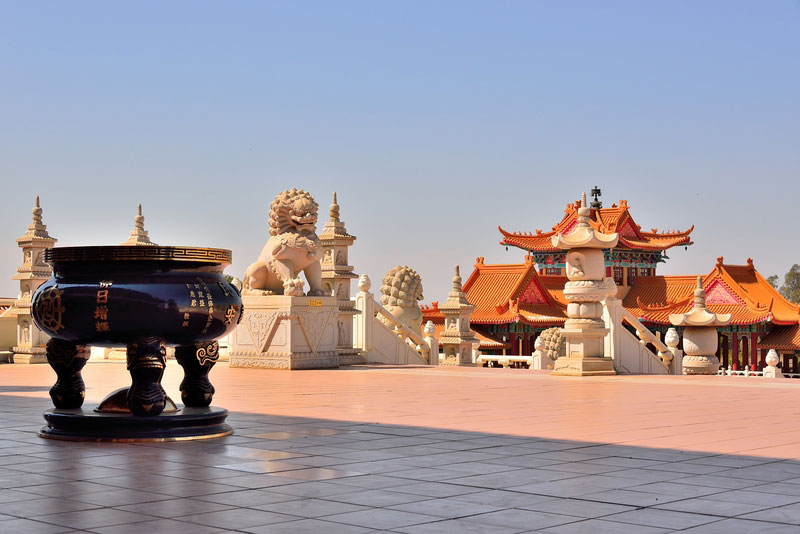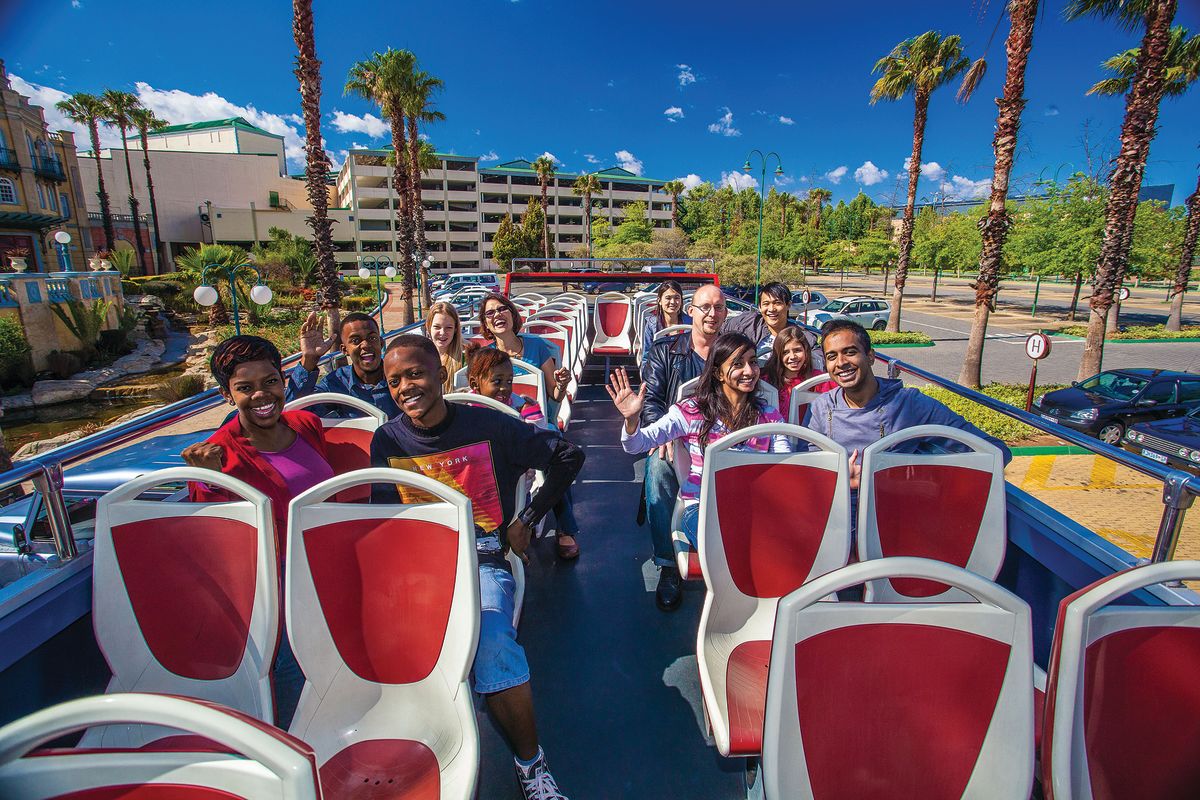Facts About Johannesburg North Attractions Revealed
Facts About Johannesburg North Attractions Revealed
Blog Article
Johannesburg North Attractions for Beginners
Table of ContentsWhat Does Johannesburg North Attractions Do?What Does Johannesburg North Attractions Mean?More About Johannesburg North AttractionsJohannesburg North Attractions Fundamentals ExplainedWhat Does Johannesburg North Attractions Do?An Unbiased View of Johannesburg North Attractions
The city grew on the edge of the Witwatersrand Key Reef, a subterranean stratum of gold-bearing quartz-silica corporation that arcs for hundreds of miles under the Highveld - Johannesburg North attractions. Many of the gold mines in the city stopped procedure in the 1970s, however in its day the Witwatersrand gold industry accounted for more than 40 percent of the globe's yearly gold manufacturing.Johannesburg has a temperate climate. Summer temperatures balance about 75 F (24 C); wintertime temperature levels average concerning 55 F (13 C) and only periodically dip listed below freezing. The city takes pleasure in about eight hours of sunlight each day in both winter months and summertime. Rain averages about 28 inches (700 millimetres) per year, but the total differs significantly from year to year.
What rain the city receives falls practically solely in the summer season, usually in stunning late-afternoon electrical tornados. Air air pollution positions a considerable problem, especially in the winter season, when thermal inversions hinder the westward circulation of air from the Indian Ocean. Contamination is most extreme in the largely resolved Black townships on the city's periphery, where many residents still rely on coal for fuel.

Johannesburg North Attractions Things To Know Before You Get This
The balance of the city is inhabited by whites. Holiday accommodation differs in character and quality. Soweto is well-known for its endless rows of municipally developed, two-room matchbox homes, yet it also has a few prosperous enclaves as well as bursting squatter camps, where 10s of thousands live without water, electricity, or sanitation centers.
Physical growth, although somewhat restricted by transportation, continued quickly as immigration to South Africa, and Johannesburg specifically, increased substantially. This trouble was fixed in the 1930s when the automobile was presented in mass manufacturing to South Africa. Vehicles were, essentially, restricted to the well-off, and permitted them to transfer to the north of the city and commute right into the centre.
The majority of poor suburbs were blended, with poor blacks and whites living with each other, although the rich residential areas were usually scheduled for whites.
The previous system of eleven phoned number regions was reorganised in 2006. Marshalltown, as seen from the top of the Carlton Centre. The M1 and M2 run behind the structures, and the southerly suburban areas extend past the highway boundary. The central city of Johannesburg lies within the city's Region F. official website The number of individuals living in the internal city on an informal basis is unidentified, as many are illegal immigrants. The joblessness, education and learning, and age accounts of the area are all unidentified, due to the trouble of getting reliable information concerning the location.
Indicators on Johannesburg North Attractions You Need To Know
Yeoville and Bellevue have go to website a mix of apartment buildings and solitary residential systems on tiny great deals. The area is situated on a mountainous divide that runs from eastern to west.

Johannesburg Stadium, a training school for both the Golden Lions and Orlando Pirates, is nearby. The eastern suburban areas of Johannesburg lie in the city's 7th [] and 9th [] regions. The area is also functionally integrated with East Rand boundary communities beyond the official limit of Johannesburg, such as Bedfordview and Edenvale (both component of Ekurhuleni Metropolitan Municipality).
Unknown Facts About Johannesburg North Attractions
R. Tambo International Airport). The eastern suburbs are several of the earliest areas of Johannesburg, go to this site there are huge areas of Jewish and other European histories, the bulk of the populace is English talking. There are 3 golf programs along with a number of protected ridges with viewsites. There are several strong and up-market enjoyment and purchasing areas in the east such as the Eastgate Purchasing Centre and the Greenstone shopping centre.
Originally developed to house male migrant employees, several have been improved as dwellings for pairs and households. The residential area was not traditionally permitted to produce work centres within the location, so nearly all of its citizens are travelers to various other parts of the city.
Johannesburg North Attractions for Beginners
The household areas in the northern suburbs are primarily official, with no significant locations of informal housing, or housing that lacks an irreversible framework. This is a well-known location, there is a fad of land use change from domestic to commercial, particularly along main arterial roads and around well-known nodes.
Roadways to the eastern and west are much less well created, as there are no highways taking a trip in that instructions. In the direction of the north border of the city, the thickness of development reduces, leaving big areas of primitive land around Midrand.
Our Johannesburg North Attractions Statements
, which is located on a hill neglecting the inner city and Hillbrow.
Report this page